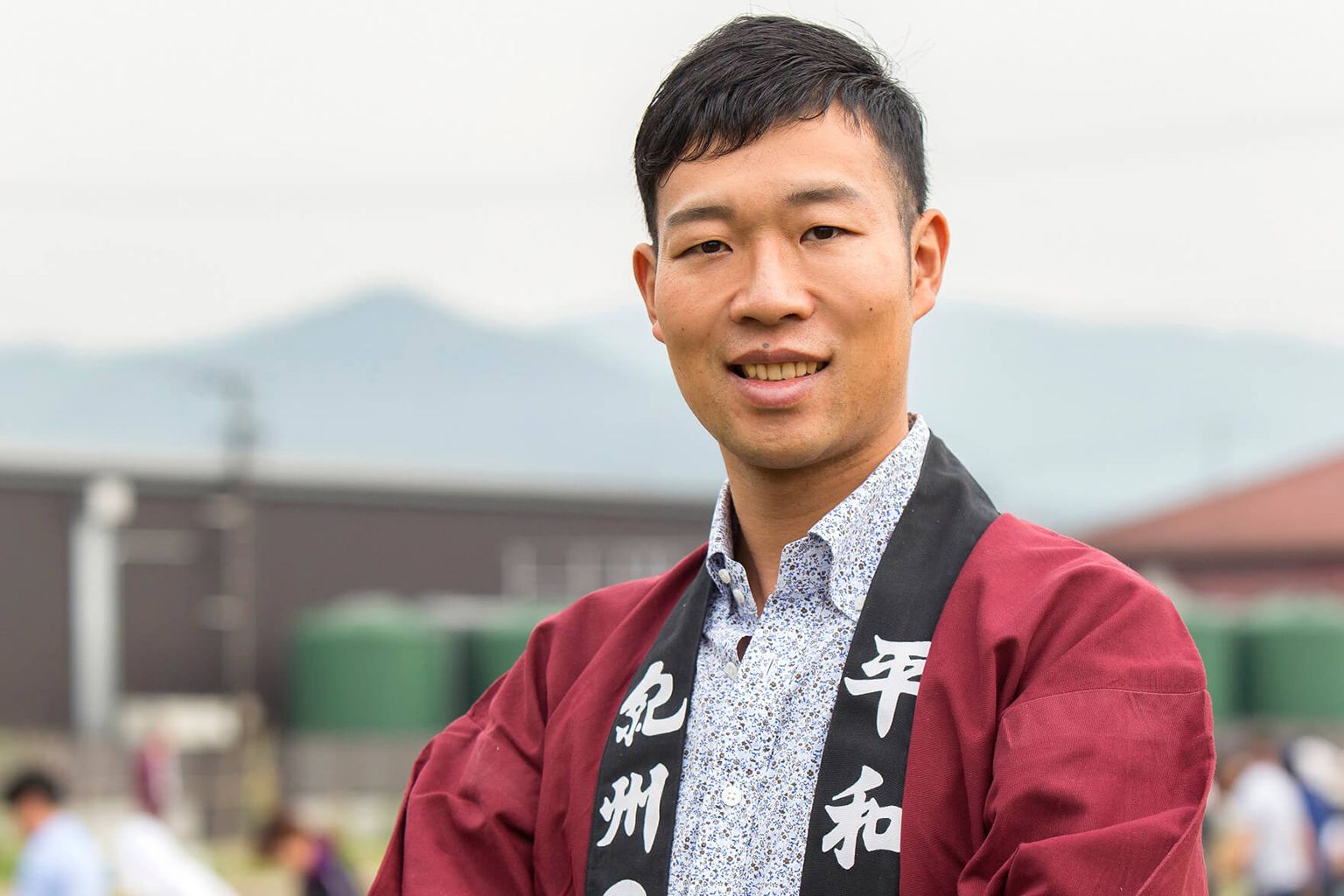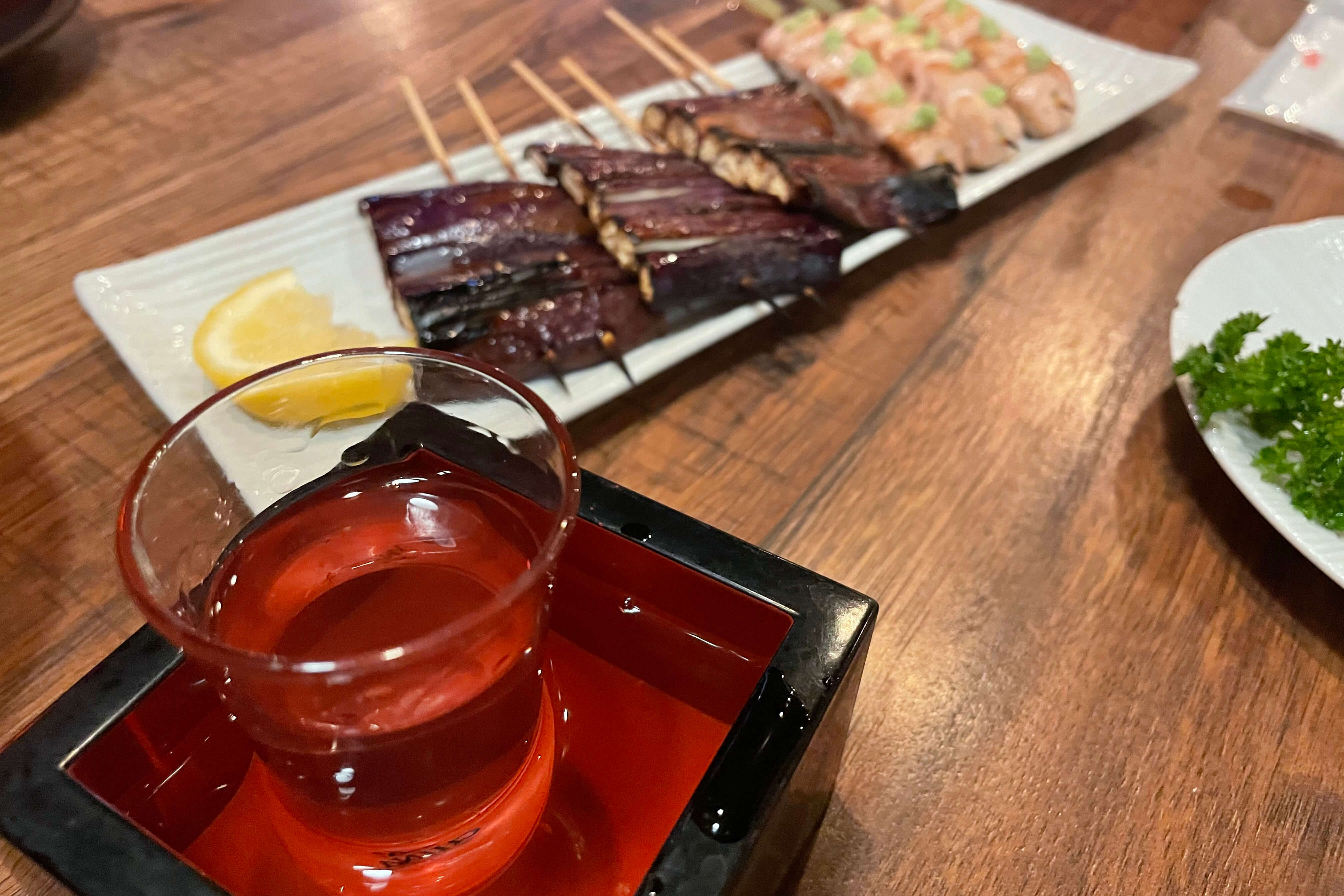“To junmai or not junmai … that is the question,” and one I hope to answer in this article. There are a bunch of different ways to pick sake and understanding the type of sake can help predict what you are getting before you open the bottle. Briefly, we can divide sake into two major groups. First is futsushu, which basically means “house sake” or “table sake” (and a huge topic all its own that I won’t go into here). The other group of sake is tokutei-meisho-shu, or “specially designated sake” (sometimes called “premium sake”). “Special designation sake” is further divided into two groups: Junmai-shu, and not-junmai-shu (or aruten-shu). Did I lose you yet? Yeah, I know that’s a bunch of Japanese words that seem to make understanding sake too complicated. Here, does this picture help?
What does junmai mean?
Let’s start unpacking words. Shu is another reading of the character 酒 for sake. Thus, junmai-shu are “sakes of the type junmai” and includes all junmai such as: junmai, junmai ginjo, and junmai daiginjo”. What does “junmai” (純米) mean? Junmai is made up of two characters: jun (純) means “purity” and mai (米) is the Japanese word for rice. We read junmai as “pure rice” and it talks about an important choice in sake brewing.
Junmai vs non-junmai (aruten)
Sake brewing is conducted or orchestrated by a master brewer—the toji. Before brewing starts, the toji decides what recipe they will use for the batch. There are several different factors they take into consideration for their recipe such as what rice to use or which yeast to use, but a key question is, “Should I use four or five ingredients for my sake?” Junmai-shu is made with four ingredients and aruten-shu (not-junmai) is made with five ingredients. The four basic ingredients for sake are: water, steamed rice, koji, and yeast. This basic ingredient list is a “pure rice” sake—a junmai-shu. So, for junmai, junmai ginjo, and junmai daiginjo the sake was brewed with just water, steamed rice, koji, and yeast. Cool, huh?
For aruten-shu there’s a fifth ingredient added: brewer’s alcohol. That means for honjozo, ginjo, and daiginjo sake, a small amount of brewer’s alcohol is added on the last day of brewing. Let me guess, you’re starting to think that aruten-shu sounds a little inferior or perhaps stronger than junmai-shu? Hold your horses there, skippy; let me explain and it will all make sense …
Brewing process of aruten-shu
When you brew sake, there are two parts to the brew: the liquid part (sake), and the solid part (sake-kasu or undissolved rice). For sake brewing the separation of the two parts happens at the end of brewing when the sake is pressed (joso). There are different methods of pressing—some mechanical and some gravity—but it basically comes down to getting the liquid part away from the solid part. If you squeeze really, really, really, hard you can get more liquid from the solid mass—that is, you get a higher yield (“Yay! More sake for us to drink!”), but you can also end up with some stuff (think “rice-juice”) being squeezed out of the solids part (“Oh no, I don’t like the sound of that!”). Don’t worry, I can’t think of a single brewery that over- presses their sake!
Here’s the rub: aromatic (and flavor) molecules are distributed between the liquid part and the solid part of the brew. To get the most aroma (and flavor), from the sake, you need to pull the good stuff from the solid part into the liquid part. Hmm, sounds like we should increase the pressure when we press, no?
No, there is another way to get the things we want from the solid part of the brew and that’s to change the concentration gradient between the liquid part and the solid part. Sounds complicated, but by adding a small amount of brewer’s alcohol (distilled alcohol), we can change the concentration of aroma (and flavor) components in the liquid part, drawing more of them out of the solid part into the liquid part. Trust me: it is science and it’s super cool. This means we don’t have to press as hard, which means we’re not getting as much undesirable stuff from the solid part.
Adding brewer’s alcohol makes it sound like artuen-shu would be stronger than junmai-shu but after pressing, brewers commonly add water (the same water used for brewing) to balance their sake—all types of sake. They bring the alcohol percentage down to a more comfortable drinking level so that the aromatics and flavors can be enjoyed without the high-alcohol-burn (high alcohol percentages can contribute to a sweeter smell on the nose, and a burn to the palate that can make the sake feel dry).
You’ll often find that competition sake are daiginjo sake (aruten-shu) with wonderful lively aromatics. Junmai-shu, on the other hand, may have more grain (rice) contributions to the nose (and palate) as well as all the other yeast aromatics. Maybe “pure rice” could be read as “in celebration of the rice” as you can expect a little more of the rice contribution to the aroma and palate of the sake. Aruten-shu tend to have a more lively aromatic nose with less of a grain presence—there’s perhaps a lightness to the palate too.
Try for yourself!
If you want to experiment for yourself and see the difference between junmai-shu and aruten-shu, look for Konteki “Pearls of Simplicity” (junmai daiginjo) and Konteki “Tears of Dawn” (daiginjo) from Higashiyama Brewing Company in Kyoto. Pour about the same amount of each (about 1.5 oz) into identical white wine glasses and have someone switch the glasses around (so you don’t know which is which). What do you smell on each? What do you taste on each? Can you tell the difference? For more tasting experiences to further your sake journey, try our Sake Club !















